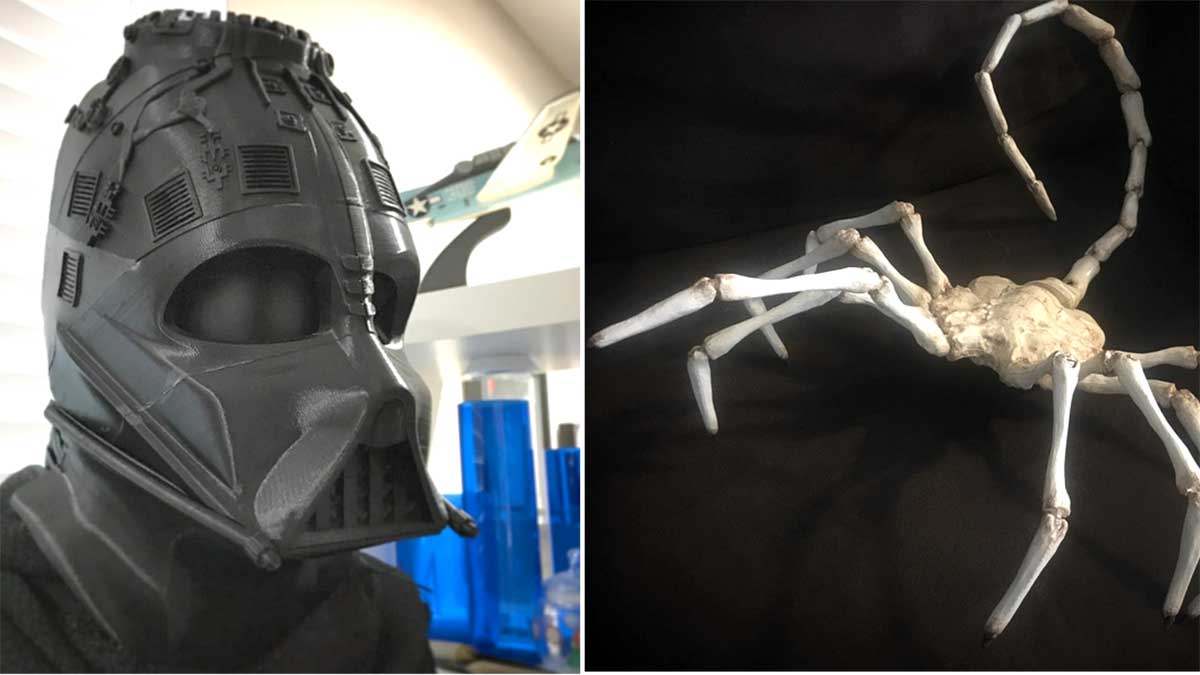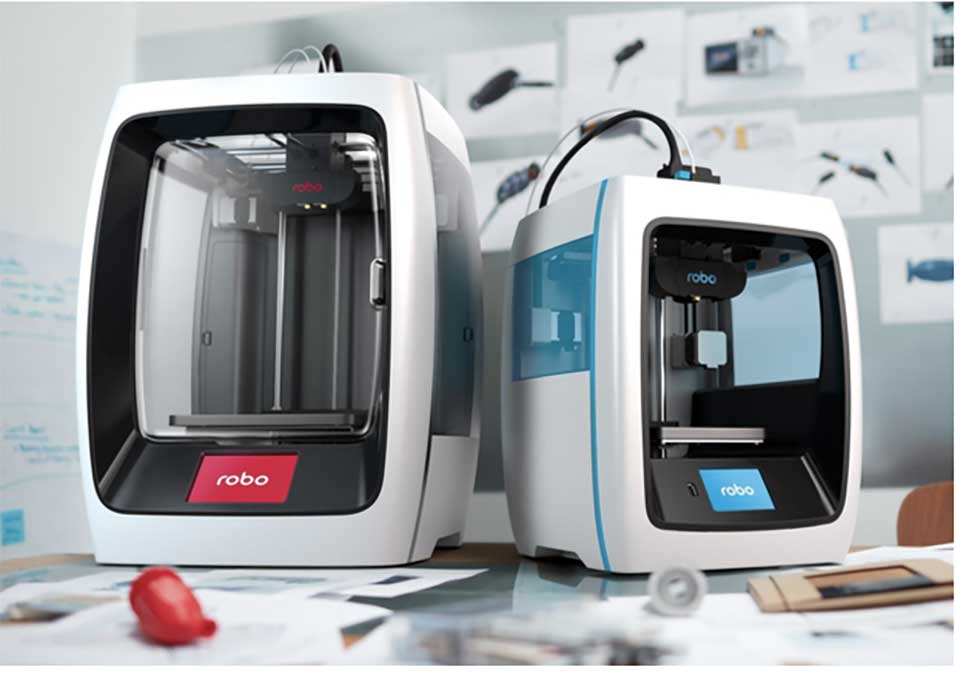Medical prosthetics and Darth Vader masks drive demand for 3D printing
Tech
Tech
3D-printed dental and medical implants are expected to drive global spending on 3D printing to an astonishing $36 billion by 2020.
Dental printing will become one of the most popular uses of 3D printers, accounting for about 15 per cent of the market by 2020, according to researcher IDC.
“3D printing for medical implants and devices will make up another 13 per cent,” IDC said.
Today the automotive sector represents the biggest slice of the 3D printer market at about 30 per cent, followed by aerospace and defence (18 per cent).
Home users account for only about 3 to 4 per cent — but they are certainly the most creative.
One student famously printed himself a set of dental braces last year. Another printed a prosthetic hand for his cousin.
Others have built surfboards, lawn mowers, movie props (Darth Vaders marks and alien face-huggers are favourites) and even buildings.

ASX-listed company Robo 3D (ASX:RBO) is riding the wave of this demand, recently releasing a new model, Robo R2 smart 3D printer with wi-fi.
“We’ve arrived with a finished product we’re immensely proud of – fully confident that makers and professional users from various backgrounds and skill-sets have the machine necessary to enjoy a world-class 3D printing experience, whose feature set and functionality are aimed to redefine the entire industry,” said Robo 3D managing director Ryan Legudi.
The company recently began shipping the Robo R2 s through retail partners such as Amazon and wholesale partners.
The new model seems to be impressing investors.
Since listing in December, Robo 3D’s share price had drifted down from a high of 17c to a low of 4c.
But its shares have recovered to 6c (as of August 4) since the R2’s June launch.
 Robo R2 and Robo C2 printers
Robo R2 and Robo C2 printers
The company wrapped up its initial $800,000 production run of the R2 for pre-order customers in May. All have now been delivered.
Mr Legudi said Robo 3D had reached top three market share in the US desktop segment of 3D printing in a relatively short period of time.
“We have steady year-on-year revenue from our printers and related accessories, and our footprint into new geographies will lead to an additional revenue stream for the company,” he said.
The company also recently secured a $1.8 million funding package including a $1 million trade finance facility from Albion Capital Partners, which is associated with Robo 3D’s major shareholder and Amcom founder Tony Grist.
Meanwhile, Robo 3D has recently been awarded a Good Design Award within the Product Design category for the Robo C2 and Robo R2 printers.
Winners were announced in June at the Australian Good Design Awards Ceremony during the annual Good Design Festival in Sydney.
This article does not constitute financial product advice. You should consider obtaining independent advice before making any financial decisions.